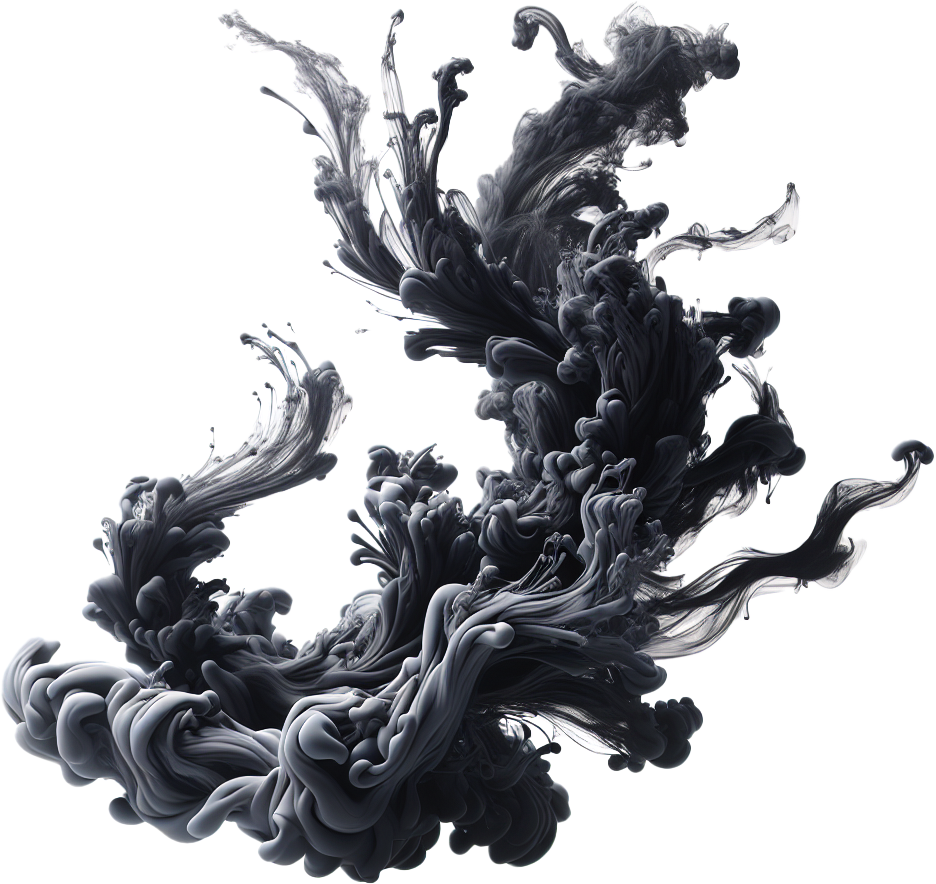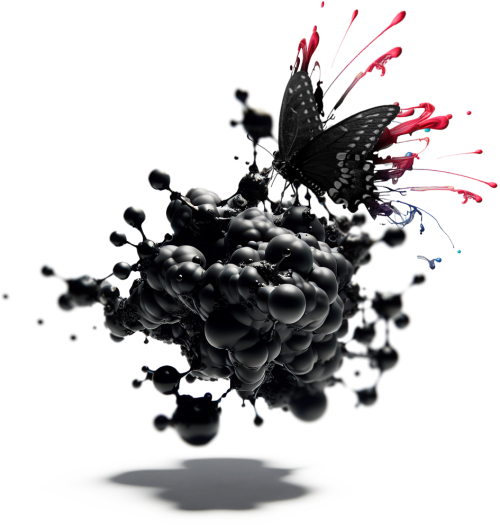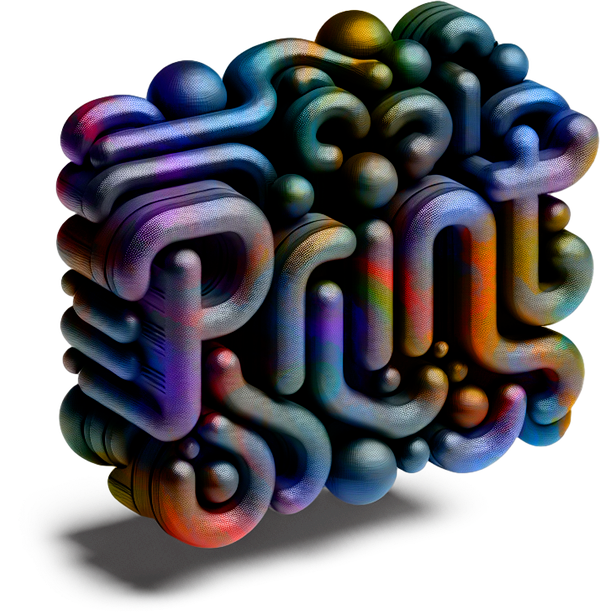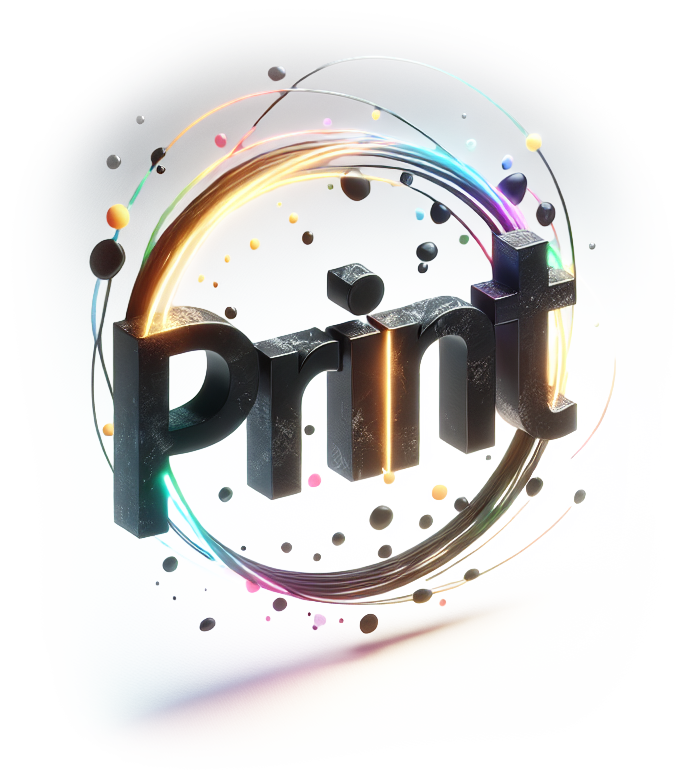
In an increasingly digital world, the power of print materials should not be underestimated. However, to remain effective and relevant, print materials must evolve alongside design trends and consumer expectations. A print redesign offers a wealth of benefits, from modernizing visual appeal to enhancing brand consistency. In this article, we explore the key advantages of redesigning your print materials and how it can positively impact your marketing and communication efforts.
Modernized Visual Appeal
One of the most immediate benefits of a print redesign is the modernized visual appeal it brings to your materials. As design trends evolve, what was once considered contemporary and engaging can quickly become outdated. A redesign allows you to refresh the look and feel of your print materials, making them more visually appealing and aligned with current aesthetic standards. This modernization can capture the attention of your audience more effectively and convey a sense of innovation and relevance. Updating the visual elements such as typography, color schemes, and imagery can significantly enhance the overall impression your print materials make. A cohesive and modern design can make your brochures, flyers, business cards, and other printed materials stand out, leaving a lasting impression on your audience. This can be particularly important in industries where first impressions are crucial, such as real estate, hospitality, and retail.
Enhanced Brand Consistency
A print redesign provides an excellent opportunity to ensure that all your printed materials are consistent with your brand’s identity. Over time, as businesses grow and evolve, their branding elements may change. A redesign allows you to align all print materials with your current brand guidelines, ensuring a cohesive and unified look across all touchpoints. Consistent branding helps in building brand recognition and trust among your audience. Moreover, a redesign can help in eliminating any inconsistencies that may have crept into your print materials over time. By standardizing elements such as logos, fonts, and color palettes, you can create a more professional and polished appearance. This consistency not only reinforces your brand identity but also enhances the credibility and reliability of your business in the eyes of your customers.
Improved Readability and Engagement
Effective print materials should be easy to read and engaging. A redesign allows you to improve the readability of your content by optimizing layout, font sizes, and spacing. Clear and well-organized information can make it easier for your audience to understand your message and take the desired action. Whether it’s a product catalog, a menu, or an informational brochure, improved readability can enhance the overall user experience. Additionally, a redesign can incorporate more engaging elements such as infographics, illustrations, and call-to-action buttons. These elements can make your print materials more interactive and visually appealing, encouraging your audience to spend more time engaging with your content. By making your print materials more user-friendly and engaging, you can increase their effectiveness in communicating your message and achieving your marketing goals.
Increased Relevance and Effectiveness
As market conditions and consumer preferences change, it’s essential to ensure that your print materials remain relevant and effective. A redesign allows you to update the content and messaging to reflect current trends, customer needs, and business objectives. This relevance can make your print materials more impactful and persuasive, leading to better results in your marketing and communication efforts. Furthermore, a redesign can provide an opportunity to incorporate feedback and insights from previous campaigns. By analyzing what worked and what didn’t, you can make informed decisions on how to improve your print materials. This iterative approach can lead to more effective and targeted print materials that resonate with your audience and drive desired outcomes.
Cost-Effectiveness in the Long Run
While a redesign may involve an initial investment, it can be cost-effective in the long run. High-quality, well-designed print materials can have a longer shelf life and remain relevant for an extended period. By investing in a redesign, you can create durable and timeless print materials that don’t need frequent updates or replacements. Moreover, a redesign can streamline your print materials, reducing unnecessary elements and optimizing content. This efficiency can lead to cost savings in printing and production. By creating more effective and efficient print materials, you can maximize your return on investment and achieve better results with fewer resources.
Conclusion
In conclusion, a print redesign offers numerous advantages that can enhance the effectiveness and impact of your print materials. From modernizing visual appeal and ensuring brand consistency to improving readability and increasing relevance, a well-executed redesign can provide a fresh and competitive edge. By aligning your print materials with current trends, customer needs, and business objectives, you can ensure they remain engaging, effective, and cost-efficient in an ever-changing market.

Contact us today to discuss how we can collaborate and bring your vision to life!


